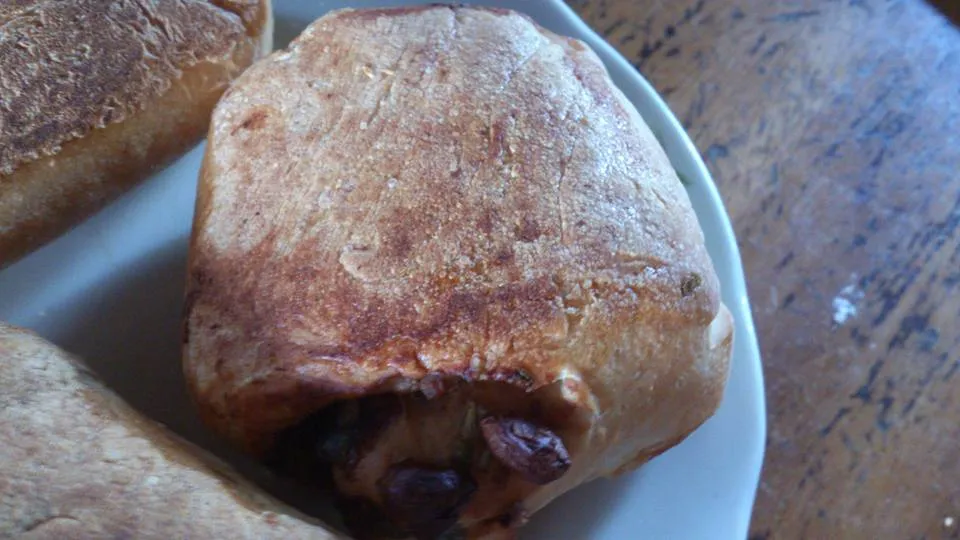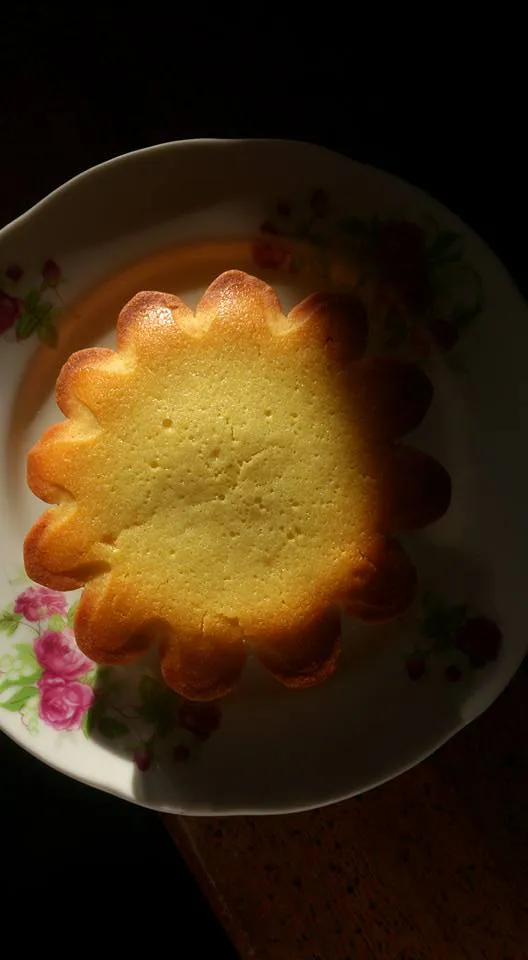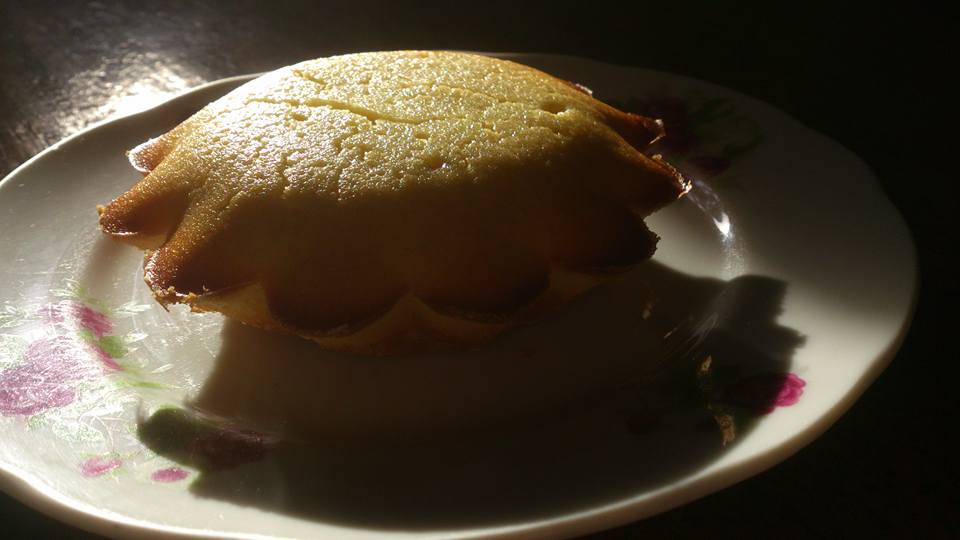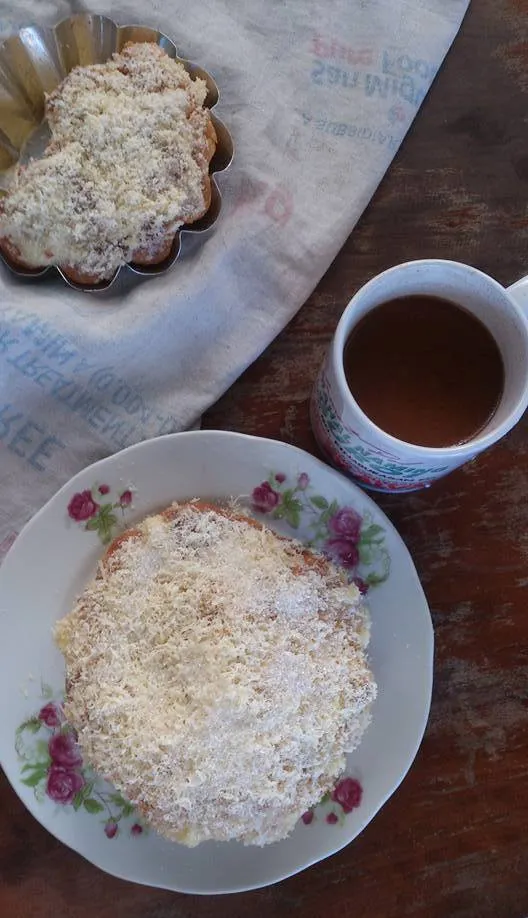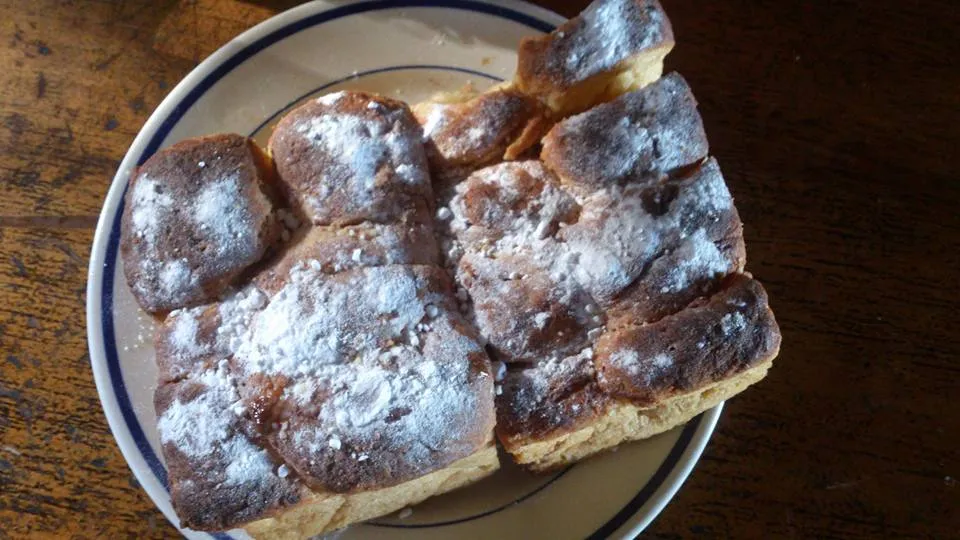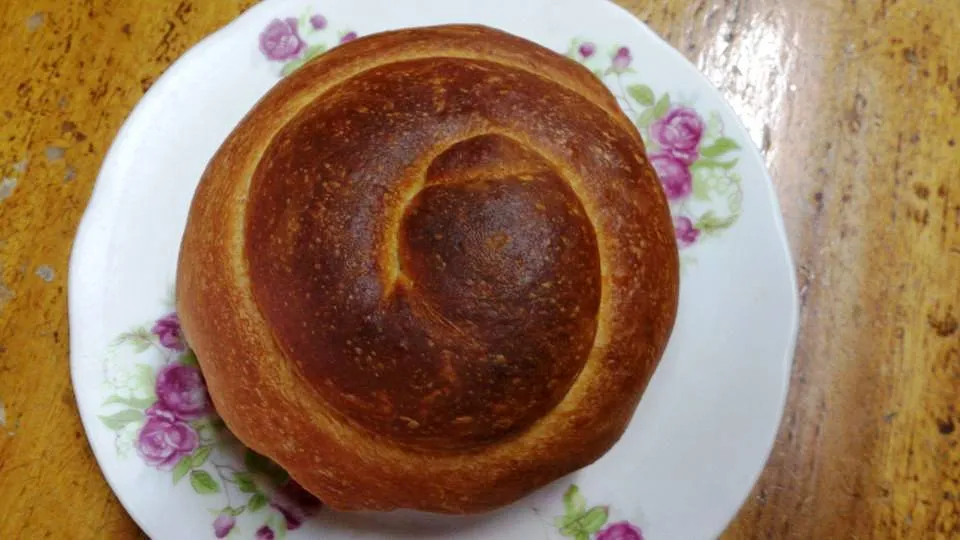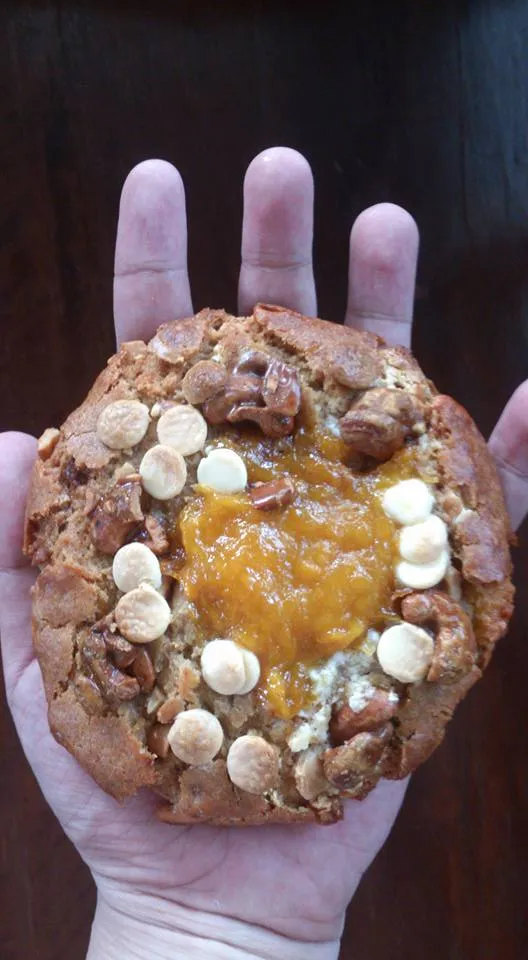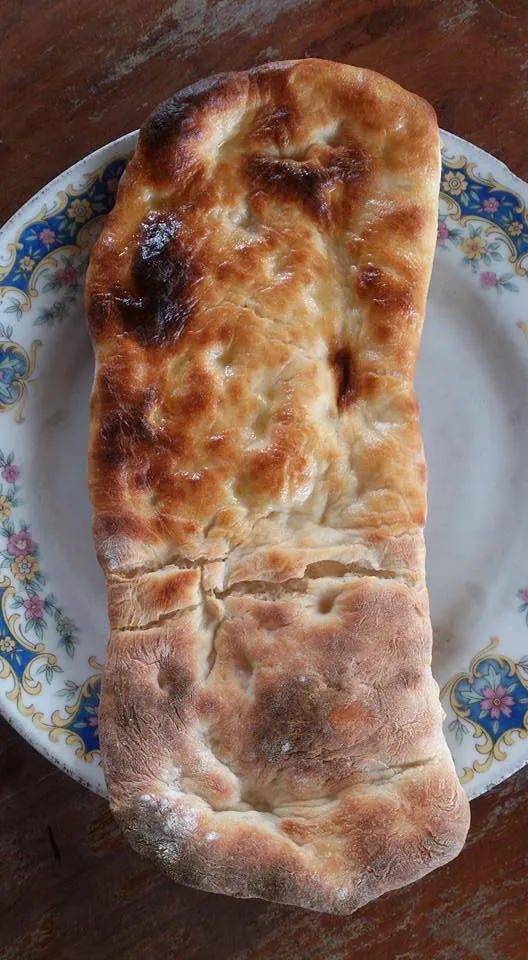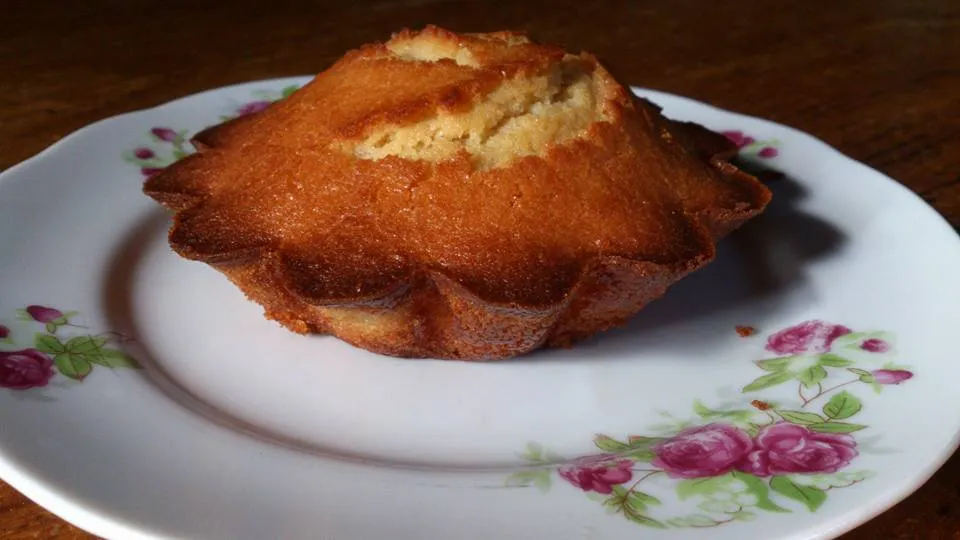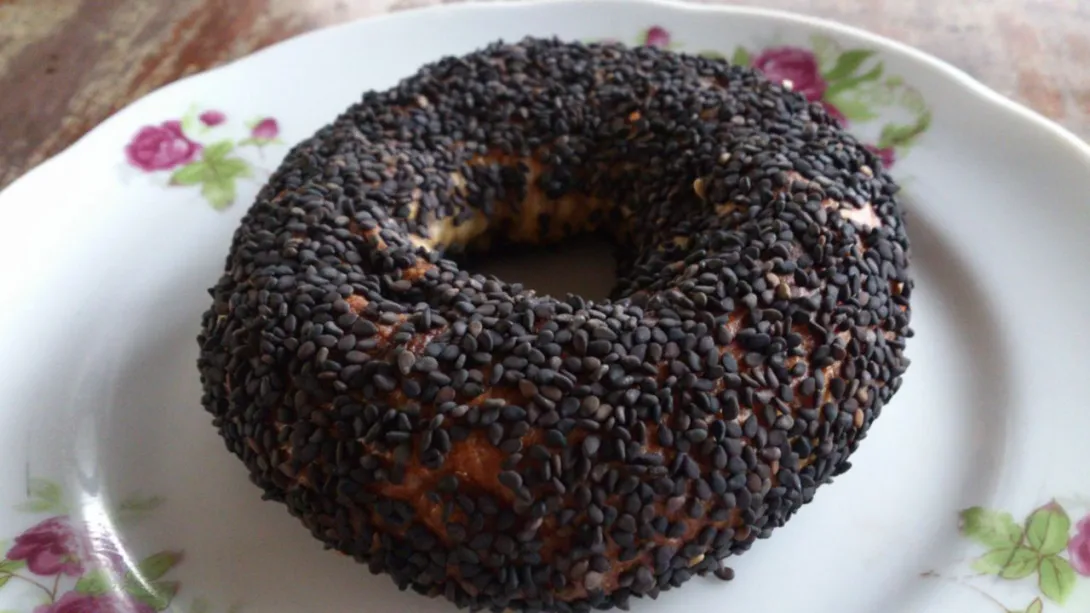Sourdough Raisin Bread
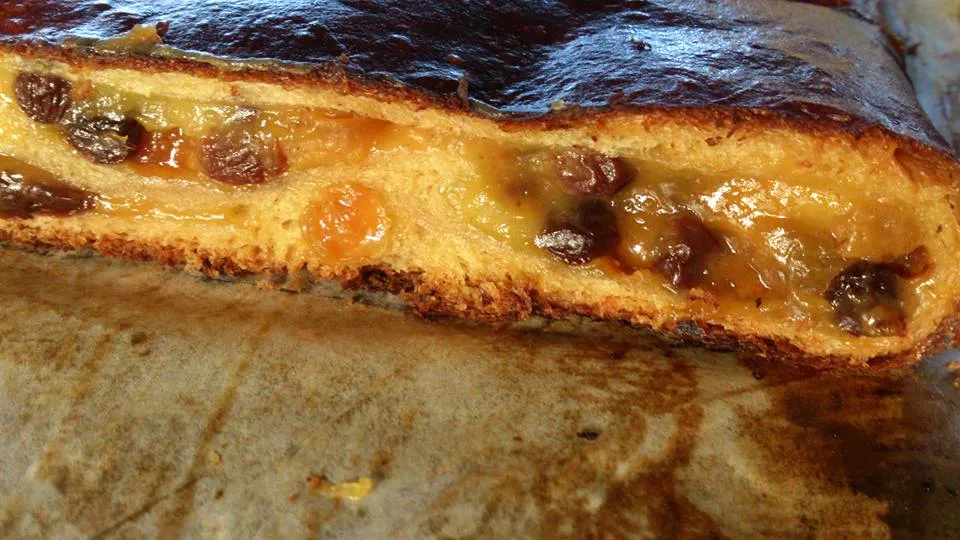
Hi folks! This pandemic is still here but I'm still thankful that none of my family is sick, we still have food on our table and maybe the only major problem is an absence of a stable internet connection for four months already; it is only a problem because it compromises my performance for distance learning and other work from home arrangements from time to time. I hope you all are doing well amidst this crisis, let us pray this will end soon.
